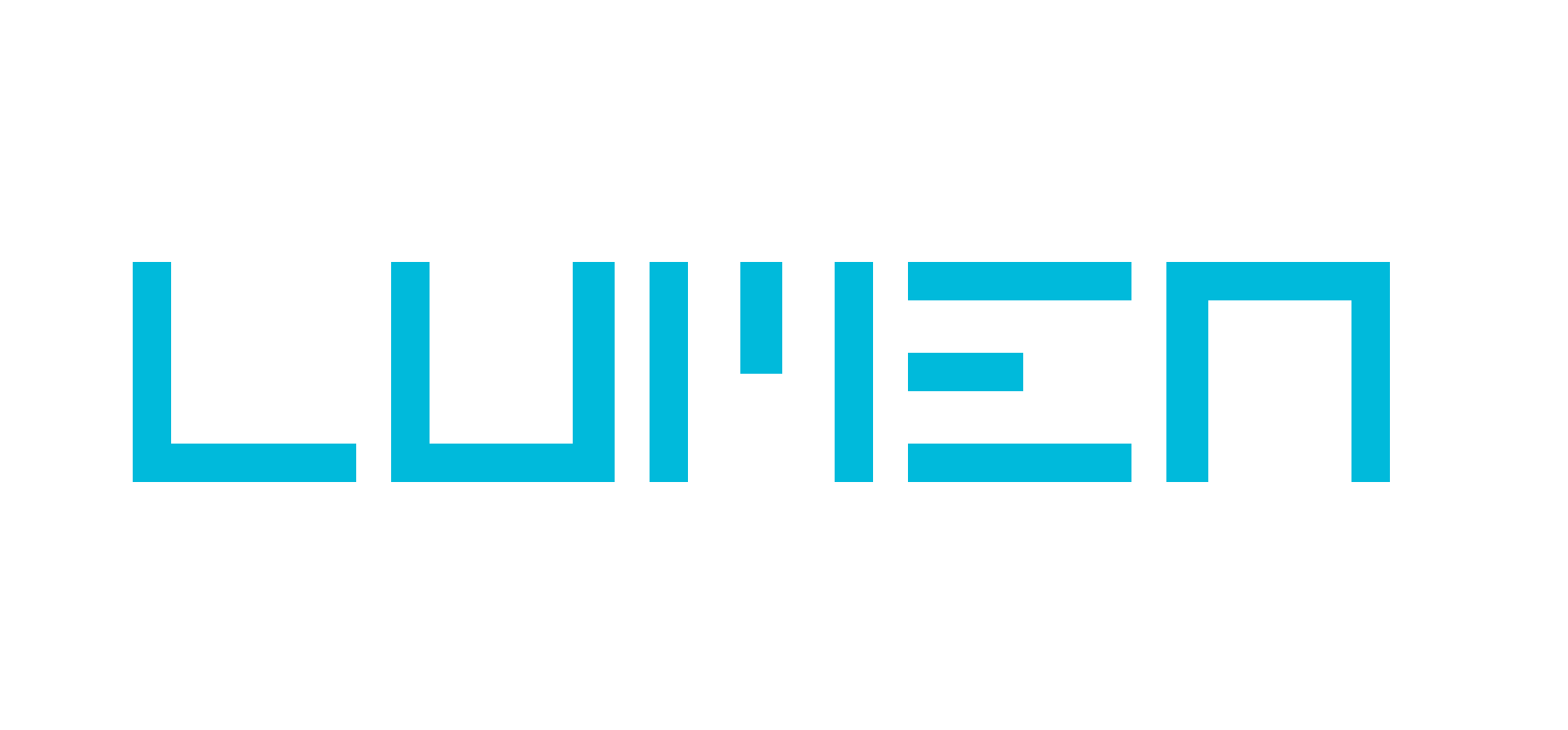
Buy attention, not impressions
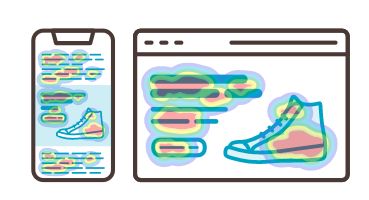
Buy ads that get seen
Integrate attention tags for media planning to go beyond viewability by optimizing for ad formats and ad domains that are most likely to be seen.

Be seen, drive outcomes
Increase brand lift and sales lift by driving higher attention on every ad. Buying for higher attention generates higher overall views and view time, leading to better recall and outcomes.
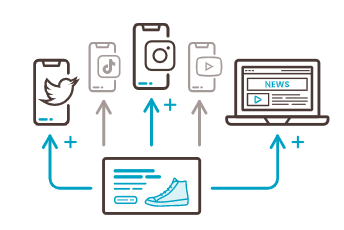
Get higher return on ad spend
Quickly optimize your investment towards the partners, platforms, channels, and campaigns that drive higher attention, while reducing spend on lower attention inventory.
Attention, not impressions
Lumen Attention Bidding is a pre-bidding custom algorithm that buys ad units that will actually be seen. By integrating with your chosen DSP, Lumen Attention Bidding helps you drive more awareness with attention signals more effectively and efficiently.
00.00
Powered by the Lumen Attention Measurement & Planning Platform
The platform
How it works
Attention technology at scale
The Lumen Attention Engine is trained on the largest eye-tracking dataset in the world, with 650,000+ real-world eye-tracking sessions over 10+ years
We combine this human-first visual data with a dataset of 30B+ programmatic ad impressions and 300B+ social ad impressions to generate an attention model for your brand based on your ad campaign data
Lumen's Attention Bidding custom algorithm integrates with your select DSP and begins bidding based on the high-attention ad units identified by the attention model specific to your brand and objectives, driving higher attention at lower cost
Attention data is linked to DSP outcomes data to identify conversions
Attention data linked to CPM data to help you understand the true ‘cost of attention’
Attention data linked to brand lift and conversions data to help you understand the true ‘value of attention'
How the eye tracking works
Lumen’s software collects and combines two different types of data:
- Browser extension records events on device
- Webcam eye tracking records visual attention via front-facing camera
Data security
The software is enabled at the browser-level
No personally identifiable information (PII) collected, stored or reported
All data collection, storage and processing fully GDPR-compliant
Combining placement and attention data
Placement data: What ads could be seen (what was viewable, in what location and for how long, etc.)
Attention data: What ads people did, in fact, see, and for how long
Predicting attention from placement data
Placement and attention data from eye-tracking data and contextual data is used to power a model of attention
Attention is measured based on a number of placement characteristics
Attention to ad predicted every 100ms of visual exposure
Placement data included in model
- Ad format
- % pixels in view,
- Viewable time
- Screen real estate
- Scroll speed
- Number of competing ads on screen
- Ad positioning
- Page geometry
- Domain
Understanding the Attention Funnel
Lumen’s attention metrics measure how many people saw an ad and for how long
We combine these estimates into a single unit of attention: ‘attentive seconds per thousand impressions’ = % view x av. eyes-on dwell time x 1000 impressions
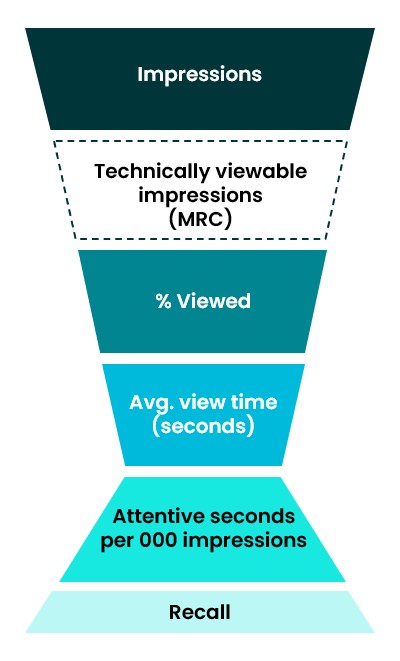
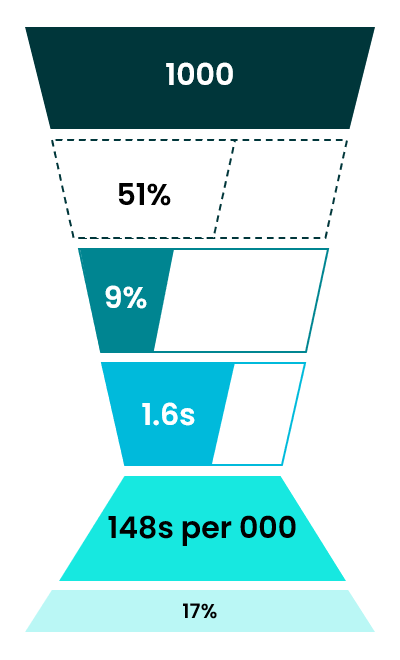
Attentive seconds across media

00:00
Lumen conducts bespoke media evaluation studies across a variety of media, enabling brands and media owners to understand the true value of different media opportunitiesUse the same ‘attention currency’ to compare between TV, BVOD, all forms of digital, print, OOH and POS

